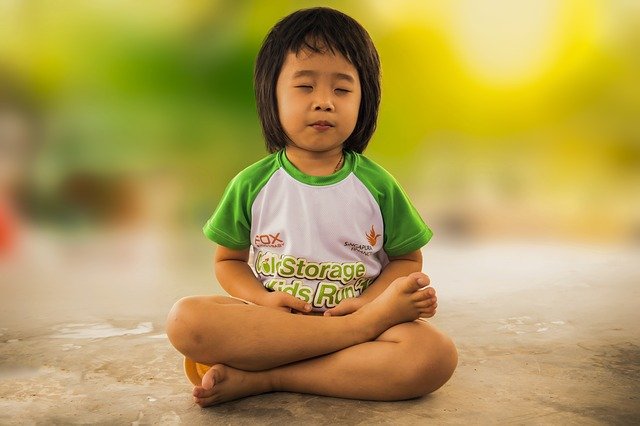When we read about success we often encounter only the materialistic dimension of personal wealth – manifested in flashy cars, large homes, fame and substantial assets. However, as Debra Poneman points out, many of these things feel hollow without the development of an inner life. You can have all the external trappings of success and still not find happiness or a sense of fulfillment. Debra, creator of Yes To Success, maintains that success has two key dimensions, (1) a deep inner life and true self-love and (2) contribution to a better world based on your life purpose. Recently, Debra encapsulated these principles in a series of online seminars, Living a New Paradigm of Success, which incorporated interviews with leading experts in the field of success.
In one of the interviews, she spoke to Katherine Woodward, relationship expert and author of Conscious Uncoupling, who maintained that trauma we experience in life acts as a catalyst for self-awareness and self-realisation. It is through challenging us and forcing us outside our comfort zone that trauma enables us to tap into our inner resources and gain clarity about our contribution to the world. Evonne Madden, author of Life After, has documented the lives of people who have come to terms with grief resulting from the death of a loved one. She describes how many of them have “rebounded to fuller lives than they once thought possible”. Her stories not only portray real-life resilience in the face of horrific events but also the ability of some people in their “life after” to make a contribution to a better world through selfless service motivated and informed by their personal experience.
Begin with the inside and the outside will follow
In her free e-book, The 5 Secrets to a Life of True Success (available on her website), Debra asserts that “true success” derives from “inner stillness” and contentment that provide the foundation for “effortlessly manifesting” outer success whether that be in relationships, material possessions, business success or publishing. Without thorough development of our “inner landscape”, we are so easily impacted by external events. Once we have developed our inner freedom and inner success, the loss of external success is only a minor detour – our sense of self-worth is not dependent on external realities.
Debra’s first “success secret” is about creating silence and stillness through what she describes as “spiritual practices” which incorporate mindfulness. Inner silence enables us to surf the waves and vicissitudes of life and to tap into our life purpose – we are not daunted or side-tracked by setbacks, “failures” or critics. Debra suggests that practices such as meditation, yoga, prayer or breath-work help us to create the requisite inner silence and also serve as a way to enhance our physical and mental capacities. If we are at peace with ourselves we manifest this to others and impact those around us, including those in a close relationship with us. Regular practice enables us to sustain our inner silence and this can be further enhanced by courses, retreats or periods of extended silence.
Reflection
So much of life is spent striving for outer success, that it is so easy to overlook our inner development. Debra and her transformational colleagues stress that the real foundation of lasting success and happiness is inner silence. As we grow in mindfulness through our regular practice of meditation or other mindfulness practices, we can develop our inner landscape and achieve inner peace, stillness and tranquility – which will serve to enable us to not only face the challenges that confront us but also to create outer success that incorporates a conscious, positive contribution to a better world.
___________________________________________
Image by Big_Heart from Pixabay
By Ron Passfield – Copyright (Creative Commons license, Attribution–Non Commercial–No Derivatives)
Disclosure: If you purchase a product through this site, I may earn a commission which will help to pay for the site, the associated Meetup group, and the resources to support the blog.


